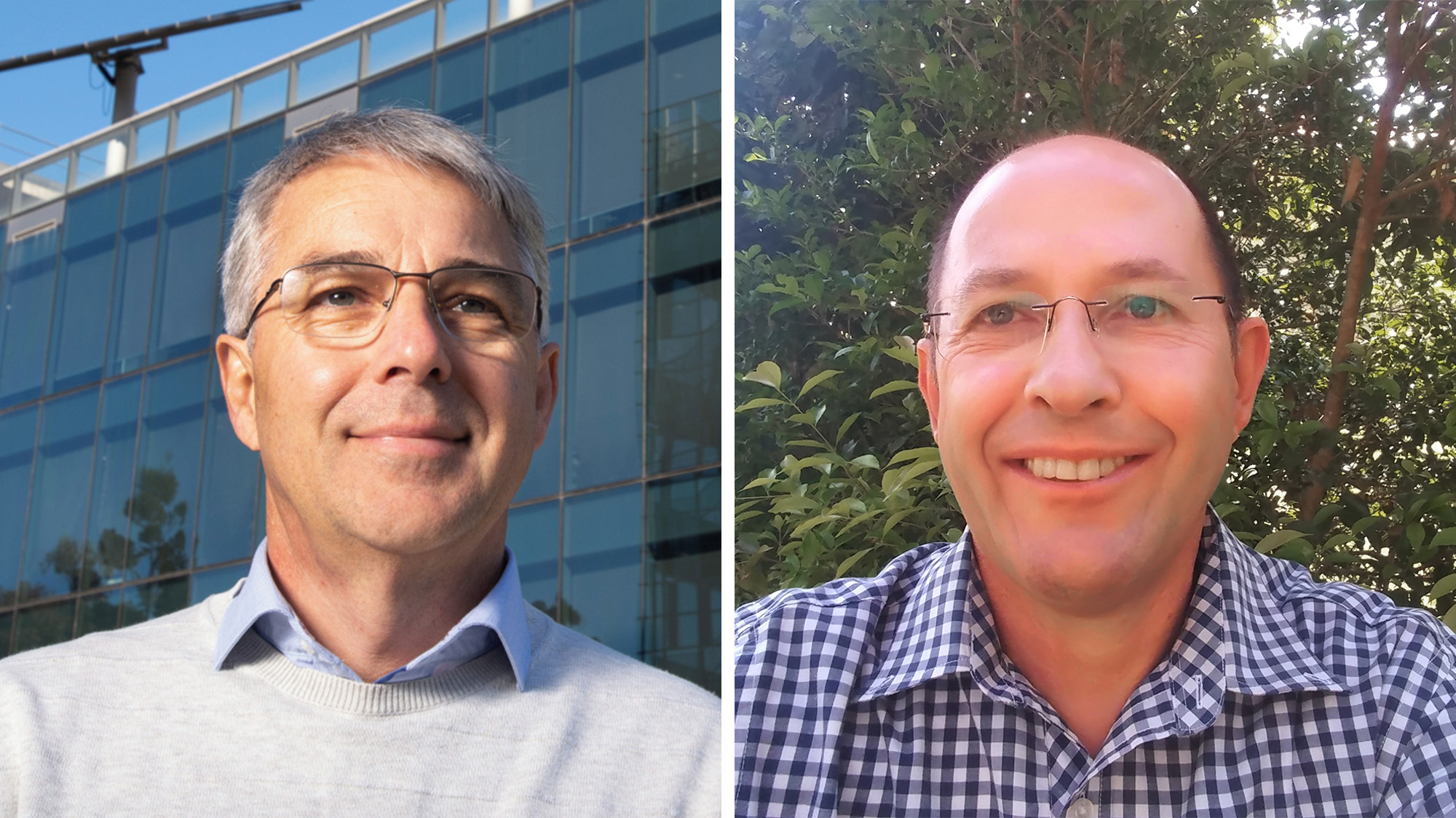What could clean energy buses and sewage treatment plants have in common? Answer: the co-location of hydrogen production by electrolysis at a wastewater facility to produce hydrogen for fuel cells to run buses, and oxygen to feed beneficial bacteria in the treatment tanks.
- Splitting water to make hydrogen energy at a sewerage plant would provide oxygen for beneficial bacteria and hydrogen for buses
- PV solar system to split water produces green hydrogen energy which could be used to replace diesel buses
- Excess oxygen could be compressed and used by the treatment plant when solar energy unavailable
The QUT research team of Rickey Donald, Dr Fanny Boulaire and Associate Professor Jonathan G Love developed a simulation model to determine the environmental benefits of integrated hydrogen production and wastewater treatment and published their findings in the Journal of Environmental Management.
PhD researcher Rickey Donald, from QUT Centre for Clean Energy Technology and Practices and QUT School of Chemistry and Physics, said hydrogen production by electrolysis at a wastewater treatment plant (WWTP) made sense because the WWTP could provide the water needed for electrolysis and the oxygen it produced, usually considered a waste stream, could be used for wastewater treatment.
"A WWTP needs vast quantities of oxygen to feed the beneficial bacteria in the large tanks," Mr Donald said.
"Currently, this oxygen is provided by pumping huge volumes of air through submerged fine bubble diffusers, like an aquarium air stone but on a massive scale, using a lot of electricity.
"When the electricity required by electrolysis is provided by a solar PV system, it produces green hydrogen because it does not use electricity from a fossil-fuelled main grid, avoiding carbon dioxide emissions.
"This green hydrogen can be used in a fuel cell to power a bus to replace diesel engines and further avoid carbon dioxide equivalent emissions."

Mr Donald said electricity from a solar PV system peaked at midday but was also subject to cloudy conditions, making oxygen production variable over the day.
"The oxygen requirement of a WWTP also varies, according to wastewater flowrate and concentration but, unlike the output from a solar PV system, peaks in the morning and again in the evening.
"To meet the challenge of surplus oxygen around midday and a lack of oxygen at night (no solar PV), the surplus oxygen could be compressed and stored to match demand.
"By using compressed oxygen to replace the air blowers, the system further reduces the need for fossil fuelled energy when solar energy is not available.
"Using oxygen in this way acts as an energy storage mechanism for a WWTP, like a large battery, leading to higher utilisation of renewable electricity."
Mr Donald said the researchers' modelling compared the traditional systems for wastewater treatment and diesel buses' energy use and emissions, considering whether it is better to export renewable electricity to the grid, or using it to produce hydrogen and oxygen by electrolysis.
"The modelling showed that by around 2031, about 2,000 kilograms of carbon emissions would be prevented each year, with the proposed new integrated system having better emissions outcomes than simply building solar PV to offset WWTP grid electricity usage and diesel use in buses.
"As the electricity grid itself becomes more decarbonised in the future, the benefits accelerate when using renewable electricity for hydrogen production and using the oxygen for wastewater treatment."
Co-researcher Professor Jonathan Love said Mr Donald's decades of experience in WWTP has been used to create new impact for the WWTP industry as it seeks to transition to net zero emissions.
"Mr Donald's research exemplifies how experienced industry practitioners can add impact to their industry from PhD research at QUT," Professor Love said.
"He can leverage the outcomes of this and his previous research to be instrumental in building a new industry - integrated hydrogen WWTPs that have net zero emissions.
"This new industry could be part of Australia's green hydrogen production at scale for use in domestic green hydrogen off-take markets such as local heavy vehicles, chemical industries and renewable energy needs of remote communities.
Contribution to net zero emissions of integrating hydrogen production in wastewater treatment plants was published in the Journal of Environmental Management.






